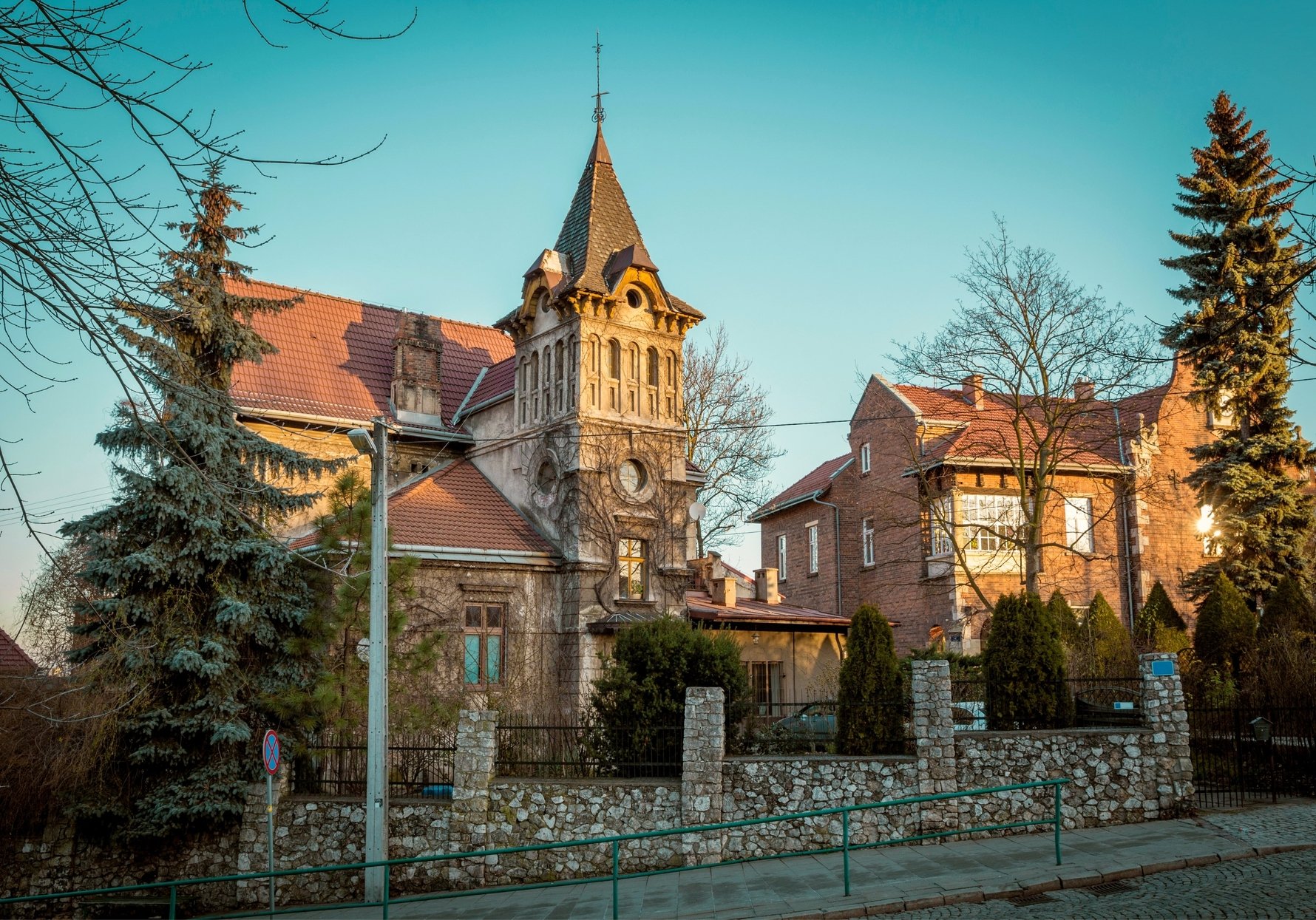
Before these fancy estates were built, this was actually gallows hill. During the communist era it was renamed Kostka-Napierski Square after one of the leaders of a peasant uprising in the mountainous Podhale region to the south in June 1651. Although the peasants succeeded in taking Czorsztyn Castle they were forced to surrender 10 days later and the three leaders were brought to Kraków, more specifically here, where one was quartered, another beheaded, and Aleksander Kostka-Napierski was impaled. In 1991, the city decided to change the name back to Lasota Square.
Somewhat ironically, today the square harbours a monument of Edward Dembowski, who led yet another uprising, this one the Kraków Uprising of 1846, which tried to rally the peasants against the foreign powers occupying Poland by promising them freedom; they didn’t join the fight and Dembowski was met with an Austrian bullet here in Podgórze; he is buried nearby in the Old Podgórze Cemetery and the street leading from here towards Krakus Mound is also named after him.





Comments